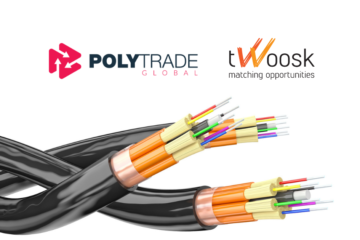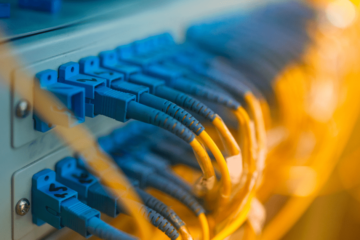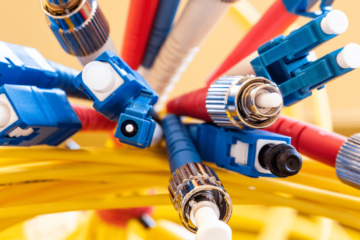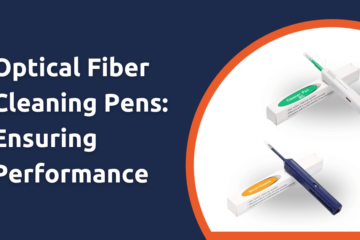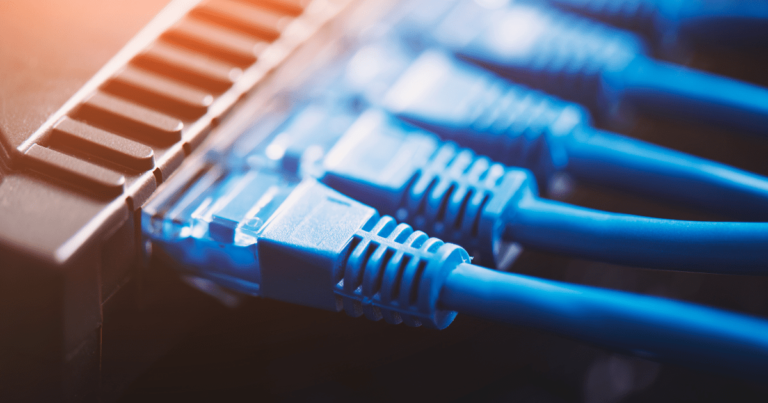
Ethernet cabling has long been the backbone of network connectivity, providing the essential physical foundation for data transmission. The telecommunications industry has witnessed significant advancements in this crucial infrastructure over the years. In this article, we will delve deep into the evolution of Ethernet cabling, exploring its journey from the early Cat5 to the high-performance Cat8, and how these innovations are reshaping the landscape of telecommunications.
The Birth of Ethernet Cabling
The story of Ethernet cabling began in the early 1970s when Xerox, Intel, and Digital Equipment Corporation (DEC) collaborated to establish a standard for interconnecting computers within local area networks (LANs). This collaboration led to the birth of the first Ethernet standard, known as 10BASE5, which utilized thick coaxial cables. This primitive form of Ethernet laid the foundation for what was to come.
Cat5: The Pioneer Ethernet Cable
Jumping ahead to the 1990s, we witnessed the emergence of Cat5 cabling, which quickly became the industry standard for Ethernet connections. Cat5 was widely embraced in both residential and commercial networking applications. However, as network speeds continued their upward trajectory, an enhanced iteration was imperative to meet the growing demands of the industry.
Cat5e: The Enhanced Workhorse
Cat5e, with the “e” signifying enhanced capabilities, answered the call. Cat5e brought forth several improvements, including reduced crosstalk and improved signal quality. It comfortably supported network speeds of up to 1 gigabit per second (Gbps) and rapidly became the preferred choice for Ethernet connections, enduring for many years.
The Need for Higher Speeds: Cat6 and Cat6a
As the demand for faster network speeds grew, so did the need for more advanced cabling solutions. Enter Cat6 and its enhanced counterpart, Cat6a. These innovations delivered superior performance, diminished interference, and boasted the capacity to support speeds of up to 10 Gbps, rendering them ideal for data centers and high-speed networking applications.
Cat6 and Cat6a are equipped with tighter twists in their cables, which reduce crosstalk and electromagnetic interference. Additionally, they feature improved insulation and shielding, ensuring consistent and reliable data transmission even in challenging environments.
Cat7: Pushing the Boundaries
Cat7 Ethernet cabling took the quest for higher speeds a step further by facilitating 10 Gbps speeds over longer distances. It introduced shielded twisted pairs (STP) and improved shielding against interference, making it suitable for demanding networking environments.
What sets Cat7 apart is its ability to support higher frequencies of up to 600 MHz, enabling more robust and stable connections. This makes it an excellent choice for applications where signal integrity is paramount, such as data centers and critical telecommunications infrastructure.
The Arrival of Cat8: 25 and 40 Gbps Speeds
In the relentless pursuit of faster data transfer, Cat8 Ethernet cabling emerged as a game-changer. Cat8 is designed to support data rates of up to 25 and 40 Gbps over shorter distances, making it ideal for data centers and expansive enterprise networks.
Cat8 employs shielded cables and connectors, effectively minimizing interference and ensuring reliable performance even at these high speeds. It offers exceptional bandwidth capabilities and is backward compatible with previous categories, making it a versatile choice for network upgrades.
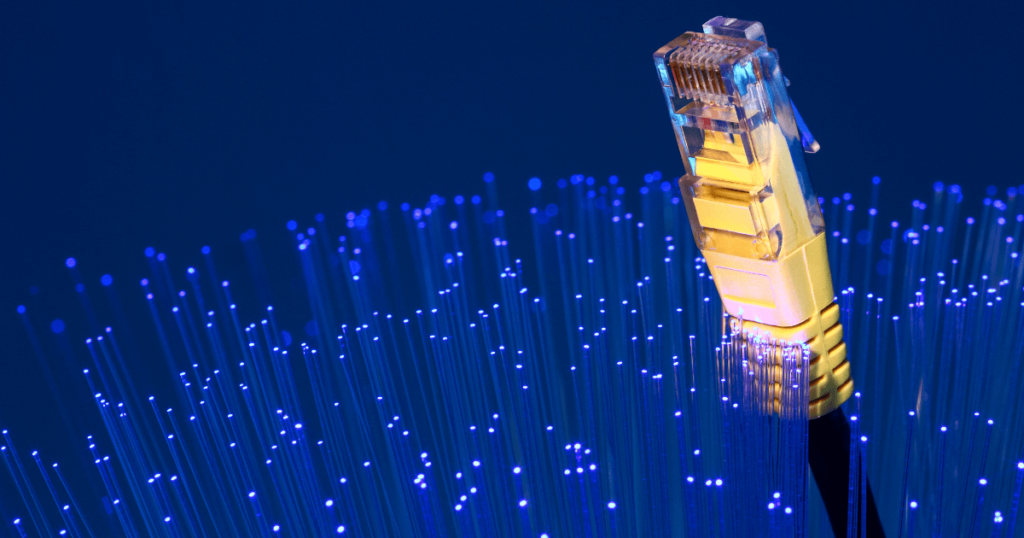
Selecting the Right Ethernet Cabling
Choosing the appropriate Ethernet cabling for your network infrastructure requires a comprehensive understanding of your specific needs and requirements:
- Cat5: Suitable for basic networking needs with 1 Gbps speeds, often used in residential and small office setups. Explore Cat5 options here.
- Cat5e: Ideal for businesses and data centers requiring 1 Gbps speeds and dependable performance. Explore Cat5e options here.
- Cat6 and Cat6a: Ideal for businesses and data centers requiring 10 Gbps speeds and dependable performance. Explore Cat6/Cat6a options here.
- Cat7: Offers 10 Gbps speeds with enhanced shielding, making it indispensable for critical networking applications. Explore Cat7 options here.
- Cat8: Engineered for high-speed data centers and expansive enterprise networks, proficiently accommodating 25 and 40 Gbps speeds.
Future-Proofing Your Network
In today’s rapidly evolving technological landscape, it is imperative to future-proof your network infrastructure. While Cat5 and Cat5e may suffice for some current applications, investing in higher-grade cabling like Cat6, Cat6a, or even Cat8 can ensure your network remains equipped to handle the ever-increasing demands of tomorrow’s technology.
Conclusion
The evolution of Ethernet cabling, from Cat5 to Cat8, reflects the relentless pursuit of faster and more reliable network connectivity in the telecommunications industry. As technology continues to advance, choosing the right Ethernet cabling infrastructure becomes a critical decision for businesses, data centers, and telecommunications specialists. By comprehending the capabilities of each category, you can ensure that your network is not only capable of meeting current demands but also poised to seamlessly adapt to the evolving landscape of telecommunications, facilitating efficient communication and data transfer in the world of telecom specialists.
Related articles: Sourcing Fiber Optic Cables: Quality Control and Supplier Relationships



